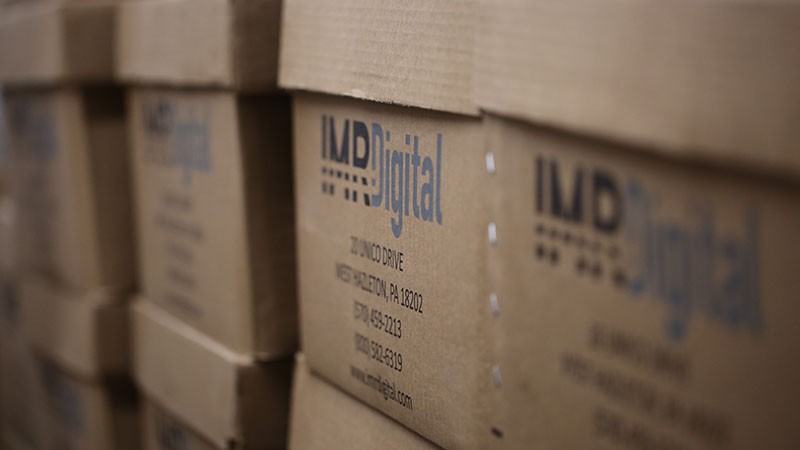In order to thrive in today’s challenging environment, organizations have to embrace the digital age, so that they don’t lag behind competitors when it comes to productivity, customer service and overall business efficiency. One of the most direct ways to benefit from technology is to convert paper documents to digital formats.
A recent Forrester Report: The ROI Of Imaging, reiterated the value of going digital in order to advance company goals, manage company growth and meet customer demand. In the report, Forrester defines imaging as scanning, capturing, indexing, retrieving, processing and archiving digital images of documents and electronic forms.
Imaging continues to become more and more relevant as organizations strive for increased productivity and seamless workflow across multiple processes.
Organizations that implement document conversion or imaging solutions can expect multiple benefits that translate into real-world ROI including:
Increased Productivity
Increased Productivity – having digital documents reduces the time required for handling, storing, retrieving, distributing and destroying paper documents. Workplace studies indicate that employees spend up to 30% of their day searching for paper files. With specialized search options, digital documents also provide fast and easy searches.
Greater Information Availability
Greater Information Availability – With digital imaging, it is no longer necessary to shuffle papers and files from one person to another. Digital documents can be accessed and shared from a single user to multiple users across the organization. Employees in different departments or locations can access to the same documents.
Reduce Storage Costs
Whether your organization is storing old paper files on site or using a document storage facility to house your inactive files, the cost quickly add up. The accumulation of paper files drives some organizations devote expensive office space solely to row after row of file cabinets or to pay monthly fees and access charges. Going digital reduces the hard costs of paper procurement and storage and also realizes savings by eliminating time staff must spend managing records.
Better Security & Compliance
Scanned documents have added security and compliance thanks to user permissions and other efforts that help maintain tighter controls of confidentiality. The ability to search for and quickly access specific records enables organizations to more readily meet compliance requirements around audits, records management and document retention. In addition, with backup systems in place, electronic documents can also provide the additional security of disaster data recovery.
Enhanced Customer & Employee Satisfaction
Digital documents can be retrieved and accessed faster and more easily than paper records, with less opportunity for files to become lost or misplaced. The needs of customers can be fulfilled more efficiently when records are quickly accessed and moved through the workflow process.

